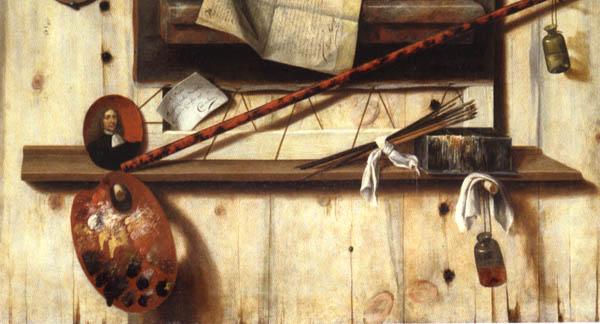In researching 17th century maternity wear, I came upon a treasure-trove of information on 17th century daily life in Holland compiled by art historian Kees Kaldenbach. The facts of daily life were deducted in part from the detailed inventories of the Vermeer household and paintings.
Fascinating! Enjoy …
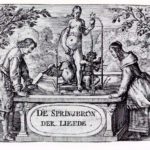
Childbirths, midwives, obstetricians
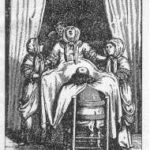
Baby child presented in a crisom
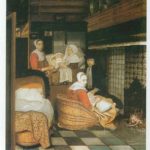
Feeding brest milk/mother’s milk
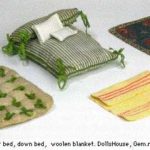
Mattress, bed, blanket. A bed was made of three layers:
- a flat mattress filled with bedstraw, horse hair or sea grass.
- a soft cover filled with feathers, down or “kapok” from silk-cotton trees. This is the layer a person would sleep on.
- sheets and blankets
Every day the sheets and blankets were folded so that the head-end and the foot-end did not touch. The pillows had to be shaken and aired for one hour, to dry the feathers, which tended to lump.
pillows (pillows, ear cushion, sit cushion, tapestry cushion — there were no chairs for the children. They were to use pillows when the adults used the chairs.); blanket,
bed cover: fascinating! The Vermeer household of 3 or 4 adults and 11 children had few blankets. People slept sitting up, two to a bedstead, propped up by pillows. The children slept in wheeled drawers which slid under the bed.
bedsheets, pillow cases, bed linen: 8 pairs of sheets were valued at 48 gilders — the equivalent of a workman’s wage for 24 to 48 days.
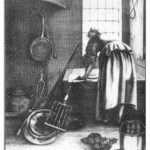
Tables: fold-out table, pull-out table, round table, octagonal table, sideboard: This includes instructions on table manners. (“Do not propose to sing at the table oneself ; wait until one is invited repeatedly to do so and keep it short.”)
Foot stove: “One placed an earthenware container within the foot stove and filled it with glowing coals or charcoal. One then placed the feet on it. If a large dress was then lowered over it, or a chamber coat, it warmed both feet and legs.”
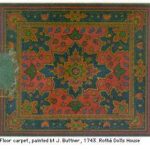
Tapestry table rug: “Only the most wealthy of Dutch households put Turkish rugs on the floor.”
Since I first posted this in 2012, the site moved and none of the links worked. I despaired! However, I emailed Drs Kees Kaldenbach and he kindly provided me with the new sites. Relief! This is one of the most illuminating accounts of daily life in the 17th century. For a historical novelist, it’s a gold-mine.

